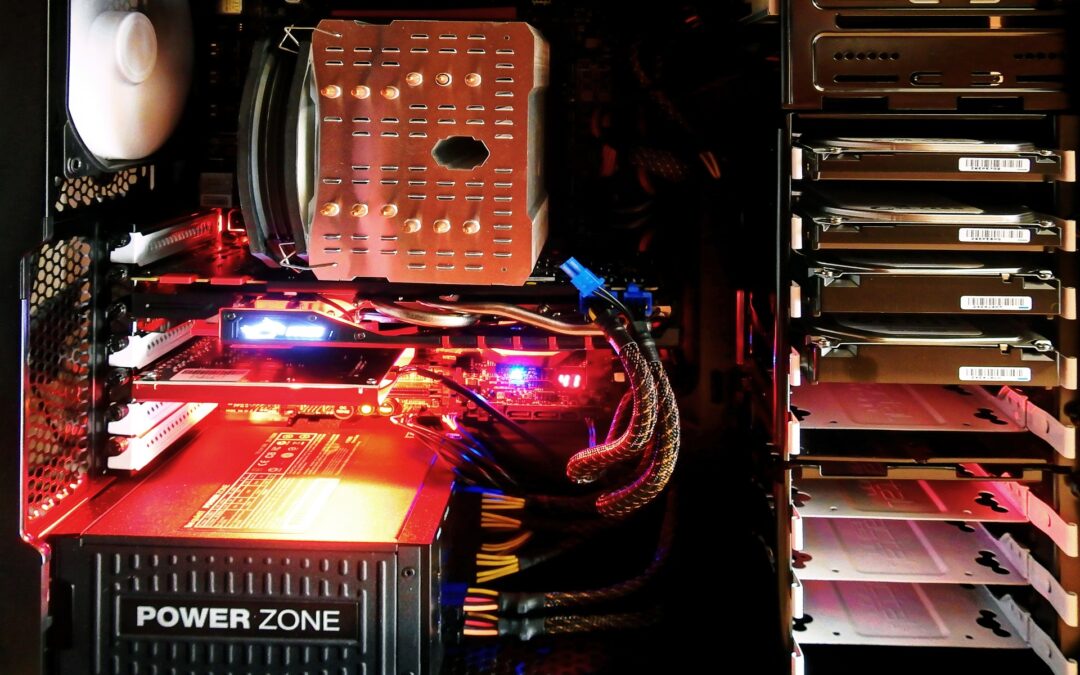Generalizations
Web hosting, servers, and data centers form the backbone of modern internet infrastructure. This article delves into the technical aspects of these components, examining various server operating systems, including Linux, Unix, Windows Server, and macOS Server. We will also explore which systems are considered the best and most widely used, supported by relevant facts and sources.
Web Hosting
Web hosting services provide the necessary infrastructure for websites to be accessible on the internet. The most popular web hosting services include HostGator, Bluehost, and DreamHost12. These services offer various hosting plans, such as shared hosting, virtual private servers (VPS), and dedicated hosting, catering to different needs and budgets.
Features of Web Hosting Services
- Shared Hosting: Multiple websites share the same server resources, making it cost-effective but potentially slower due to resource sharing.
- VPS Hosting: Virtual Private Servers offer a middle ground between shared and dedicated hosting, providing dedicated resources within a shared environment.
- Dedicated Hosting: Entire servers are dedicated to a single client, offering maximum performance and control.
- Cloud Hosting: Utilizes multiple servers to balance the load and maximize uptime, offering scalability and flexibility.
- Managed Hosting: The hosting provider manages the server, including maintenance, updates, and security, ideal for those who prefer a hands-off approach.
Servers
Servers are specialized computers designed to manage network resources and provide services to other computers. They can be categorized based on their operating systems and functions.
Server Operating Systems
- Linux: Linux is an open-source operating system widely used for servers due to its stability, security, and flexibility. Popular distributions include Ubuntu, CentOS, and Debian3.
- Unix: Unix is a powerful, multiuser operating system known for its robustness and scalability. It is commonly used in enterprise environments.
- Windows Server: Developed by Microsoft, Windows Server is known for its user-friendly interface and integration with other Microsoft products. It is widely used in corporate settings3.
- macOS Server: Apple’s macOS Server is a Unix-based operating system designed for Mac hardware. It is less common but valued for its ease of use and integration with Apple products3.
Key Features of Servers
- Processor: Servers are equipped with powerful processors, often with multiple cores, to handle numerous simultaneous requests. Popular brands include Intel Xeon and AMD EPYC4.
- RAM: Servers require substantial RAM to manage multiple tasks efficiently. High-capacity RAM ensures faster data retrieval and processing5.
- Storage: Servers use a combination of traditional hard drives and solid-state drives (SSDs) to store data. SSDs offer faster data access speeds5.
- Network Interface: High-speed network interfaces ensure efficient data transfer between servers and clients5.
- Redundancy: Features like RAID (Redundant Array of Independent Disks) and backup power supplies ensure data integrity and availability5.
Data Centers
Data centers are facilities that house servers and other IT infrastructure. They are essential for storing, processing, and managing data. Data centers can be categorized into enterprise (on-premises), public cloud, and colocation facilities67.
- Enterprise Data Centers: These are privately owned and operated by a single organization. They offer greater control over security and compliance.
- Public Cloud Data Centers: Operated by cloud service providers like AWS, Google Cloud, and Microsoft Azure, these data centers offer scalable resources for multiple customers6.
- Colocation Facilities: These facilities lease space, power, and cooling to multiple organizations, allowing them to house their servers without managing the physical infrastructure6.
Industry Insights
The global server market size was estimated at USD 94.09 billion in 2023 and is anticipated to grow at a CAGR of 9.8% from 2024 to 20308. The expansion of the server industry is significantly driven by the widespread adoption of smartphones and the surging count of data centers worldwide. The Asia Pacific region dominated the servers market with a revenue share of 35.3% in 20227.
Don’t get sucked in to basic hosting — learn why Super Effective Websites has the best hosting.
In conclusion, the choice of web hosting service, server operating system, and data center type depends on specific needs and preferences. Linux and Windows Server are among the most widely used server operating systems, while HostGator and Bluehost are popular web hosting services. Data centers, whether enterprise, public cloud, or colocation, play a crucial role in supporting the internet infrastructure.












